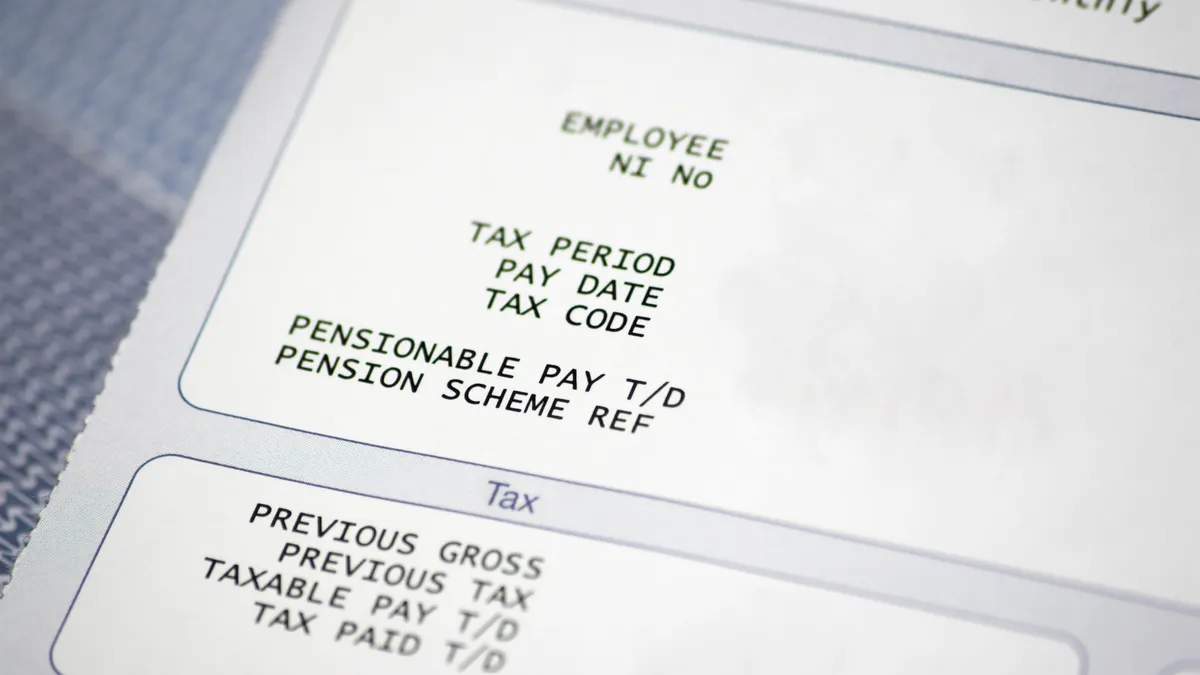Inflation and rising interest rates have driven down purchasing power and lowered retirement savings returns across every asset class this year, according to Fred Lamm, global client acumen program director at advisory firm Willis Towers Watson.
As inflation has skyrocketed, so too have employers’ costs related to bonuses and other compensation, said Lamm in a Dec. 6 WTW webcast. Next year resources to fund retirement plans are set to be even more scarce because of the lagging effects of inflation, he said.
In order to combat these challenges, and ensure that employees are prepared to manage financial shocks, Lamm advised business leaders to rethink what they want out of their retirement plans:
Be nimble:
“How can any retirement plan built five years ago let alone 20 years ago be fit for employee needs for today?” questioned Lamm. As economic conditions are changing by the month, and even the week, it is essential to be nimble in your planning, he said.
Businesses need to be equipped to make the most out of limited resources, and figure out what is possible versus what is ideal, according to Lamm. Just as important, is being clear on where your company is headed, and shaping your retirement and benefit plan offerings so they reflect that vision.
In order to do this, Lamm advised regular focus groups and surveys as mediums for business leaders to gain a clear perspective on the consensus of employees and how they plan to use their retirement plans.
“It really comes down to how well you have a handle on what your employees want versus how they are valuing and using your benefits,” said Lamm.
Sometimes, retirement plans are only a small part of the story when it comes to laying the groundwork for your employees to be financially resilient, Lamm said.
Financial resilience in a broad light
The language among organizations surrounding retirement plans is really changing, said Lamm. “It has really become less about retirement and more about a broad financial picture that retirement programs are a part of,” he said.
Some employees may be looking for immediate relief instead of a more robust retirement plan for later on.
U.S. companies — reacting to persistent inflationary and labor market pressures — are ratcheting up the targeted average pay raise they expect to hand out next year to 4.6%, according to a November survey from WTW.
Inflationary pressures, concerns over tighter labor markets and retention, are all factors weighing on executive’s minds when it comes to maintaining a competitive edge over the tight labor market. In addition, changes in salary budgets over time often lag economic trends by six to 12 months, according to WTW.
“It comes down to allocating dollars in the best spend for employees,” said Lamm. “Just focusing on retirement in and of itself, means ignoring some real problems that employees face — like debt, rising medical costs, etc., and if employers are focused on retirement alone, they miss these nuances,” he said.
Employers might save some money in the short-term by cutting retirement benefits, but retirement plans are “an active workforce planning issue” and not having robust retirement offerings could have consequences when it comes to hiring and retaining the right workers, Trevis Parson, chief actuary at WTW, previously told CFO Dive.












